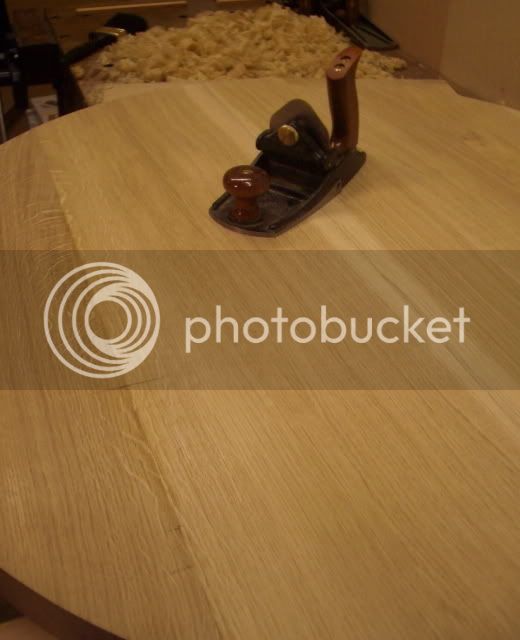gavgoodair
New member
I desperatley need some help,
I’ve got myself in to a bit of a pickle regarding an oak table top.
The top itself is 5’ by 3’ ish and made from 11, 5 ½” wide boards running transverse across the table.
My problem is flattening and smoothing the top by hand. I’ve already done one side using planes and scrapers but because the grain is all over the place in different directions, sometimes within the same board, it’s a bit of a pain to say the least. Just as I think I’m getting there the plane will dig in a rip up a chunk of the grain and then it’s back to square one. I don’t want to go any further now as I’m creating more and more work for myself.
So, without the use of a drum sander or a low angle plane could someone please give me some tips as to how they would go about it?
Any advice would be much appreciated.
I’ve got myself in to a bit of a pickle regarding an oak table top.
The top itself is 5’ by 3’ ish and made from 11, 5 ½” wide boards running transverse across the table.
My problem is flattening and smoothing the top by hand. I’ve already done one side using planes and scrapers but because the grain is all over the place in different directions, sometimes within the same board, it’s a bit of a pain to say the least. Just as I think I’m getting there the plane will dig in a rip up a chunk of the grain and then it’s back to square one. I don’t want to go any further now as I’m creating more and more work for myself.
So, without the use of a drum sander or a low angle plane could someone please give me some tips as to how they would go about it?
Any advice would be much appreciated.


































